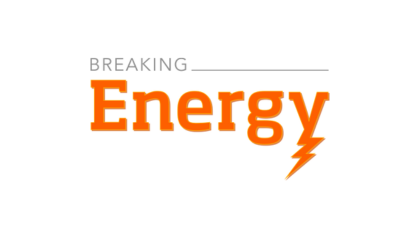It’s Space Week on Energy.gov. We’re exploring the solar system (and beyond) to highlight the contributions of the Energy Department and our National Labs to the U.S. space program. Check back every day this week for new videos, interactive graphics, timelines and more — and submit your questions for our Lab Twitter chat on dark energy, happening this Friday, March 7. Use the hashtag #SpaceWeek to join the conversation on Twitter, Facebook, Google+ and Instagram.
Last year’s blockbuster Gravity depicted how space debris can set off a chain reaction, destroying everything in its path. Not just science fiction, the movie illustrates a pressing problem with space exploration — the need for better ways to track space traffic before it damages the satellites we rely on every day.
To solve this problem, researchers at the Energy Department’s Lawrence Livermore National Lab (LLNL) have developed a concept called Space-Based Telescopes for Actionable Refinement of Ephemeris (STARE) — a proposed network of low-cost nano satellites that could help prevent future collisions in space. Now LLNL researchers have demonstrated that STARE could predict the orbit of a particular object in space to within 50 meters.
To understand what makes STARE different, it helps to understand how space traffic is currently monitored. Right now, we rely on the Space Surveillance Network, a network of 30 sensors spread across the planet. Every day, the Space Surveillance Network makes several hundred thousand observations to help track more than 22,000 softball-sized or larger pieces of space junk — a term used to describe inactive satellites, parts of booster rockets, lost astronaut tools and other debris — but its positional certainty of an object can be as large as 1 kilometer. At this level of accuracy, satellite collision predictions can have a high false alarm rate — computer simulations show that in some cases more than 10,000 false alarms could be issued before an actual collision could occur. Because of this, satellite operators typically ignore warnings in order to conserve the limited fuel supply on their satellites.
Since the mid 1990s, there have only been two accidental collisions in space — the most notable one in 2009 when a defunct Russian satellite and an American satellite collided. With around one thousand active satellites and the tens of thousands of pieces of space junk, another collision would make an already crowded environment worse. And when you consider that something the size of a marble could shatter a satellite — which we rely on for everything from weather updates and GPS navigation to television broadcasting and national defense — the need to better track space traffic is even more urgent.
Instead of proposing to use ground-based telescopes, LLNL researchers looked to the sky and an unlikely source of inspiration — traffic cameras — to improve how objects in space are tracked. Their idea is to build a constellation of nano satellites that are equipped with a specially designed optical payload — the instrument in a satellite that collects data — to capture images of objects that might cause a collision. That visual data will then be processed using an algorithm written by LLNL researchers to map the moving objects in relation to the stars and better predict their orbit. With a network of 18 nano satellites, LLNL researchers estimate that STARE could reduce the collision false alarm rate by 99 percent and provide warnings with up to 24 hours notice.
Now in the proof-of-concept phase, researchers are testing the different elements of STARE. Most recently, they performed ground-based experiments with one of their satellite payloads to prove that the STARE algorithm can refine the orbital position of space debris to better than 100 meters based on a series of six images over a 60-hour period. During the first 24 hours and four observations, researchers were able to calculate the orbit of the selected object. They then made calculations of its future position, and over the next 36 hours and two subsequent observations, they showed they could predict the target’s actual trajectory to within 50 meters — exceeding their goal for STARE. In the future, researchers say they could make the finding much quicker from with a full constellation of STARE nano satellites operating in space.
Learn more about LLNL’s STARE project.

